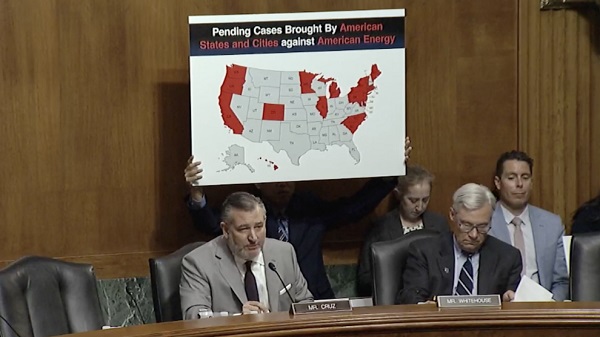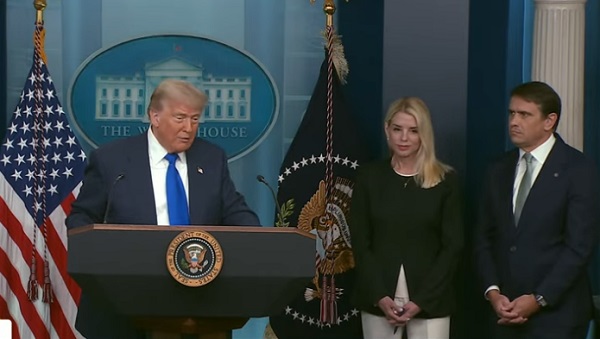Energy
Majority of Canadians Support Canada’s Role as Responsible Energy Producer & Exporter: POLL
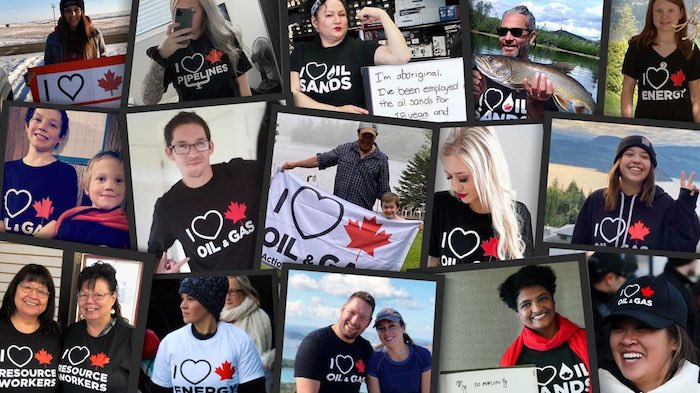
A new poll has found that a growing number of Canadians support our country’s role as a responsible and reliable global energy producer and exporter.
According to the poll – conducted by Research Co. on behalf of Canada Action – a majority of Canadians, nearly three out of four (73% of respondents), believe Canada’s liquefied natural gas (LNG) can help improve global energy security and sustainability efforts.
The poll questioned 1,000 adults online across the country and found that most respondents have an overwhelmingly positive view of the energy sector. Other findings include:

> 80% of respondents – or four-in-five Canadians – said that given global energy demand is forecasted to grow 50% by 2050, they support trade in all Canadian energy technologies including solar, wind, hydro, hydrogen, geothermal, biofuels, and oil and gas.
> 79% of respondents – or nearly eight-in-ten Canadians – said they prefer to use Canadian energy in their day-to-day lives.
> 75% of respondents – or three-in-four Canadians – agree that exporting our responsible and reliable energy, expertise and technology to reduce global greenhouse gas (GHG) emissions is one way Canada can play an important role in addressing climate action. This is a one per cent increase since the question was asked in March.
> 73% of respondents – or nearly three-quarters of Canadians – agree that our country should advocate for Canada’s energy sector as a leader in environmentally sustainable production.
> After having been informed that from 2000 to 2019, the emission intensity of Canada’s oil sands operations dropped by approximately 33% due to technological and efficiency improvements, 73% of respondents – or almost three-in-four Canadians – agree we should advocate for Canada’s energy sector as a leader in environmentally sustainable production.
> 63% of respondents – or more than three-in-five Canadians – agree that investing in Canada’s oil and gas sector makes sense if you value climate leadership, social progress and transparency.
> 56% of respondents think its wrong for Canada to forfeit energy opportunities to other countries with higher emissions in regards to LNG – representing a rise in public support of 5% since the last poll in March 2022.
“These latest polling results confirm exactly what we’ve found in our media interviews, community events, social media engagements and public interactions over the last number of months,” said Cody Battershill, Founder and Chief Spokesperson of Canada Action.
“Canadians are coming to understand the world will need oil and gas long into the future, and so Canada should continue to play a strong role as a country that respects workers, families and Indigenous and non-Indigenous communities, and that adheres to the strictest environmental, health and safety regulations in the world,” Battershill added.
The World Needs More Canadian Resources

Canada Action’s latest poll comes amid an ongoing global energy crisis where many countries have asked us for more of what we have: natural gas, hydrogen, minerals and metals, and other critical resources.
As one of the most responsible natural resource producers on the planet, it only makes sense that we provide the world with as much of these commodities as possible while following the world-class sustainability methods and standards our country is known for.
Canada is at a crossroads: either step up to help our closest allies and trade partners in need of our resources, or lose global market share – and the economic and environmental opportunities that come with – to suppliers with fewer protections for human rights and the environment.
A majority of Canadians across the country see the benefits of more Canadian resources on global markets. It’s time our country put its full support behind developing LNG, forestry, mining, oil and other natural resource sectors to benefit our families and the global climate.
About Us
Canada Action is a non-partisan national coalition that advocates for the responsible development of Canada’s various natural resources, for the industries that move that development forward, and for the workers, families and communities the sector supports.
The poll’s margin of error, which measures sample variability, is plus or minus 3.1 percentage points, nineteen times out of twenty.
For more information: Cody Battershill – (403) 370-4008 – [email protected]
Energy
B.C. Residents File Competition Bureau Complaint Against David Suzuki Foundation for Use of False Imagery in Anti-Energy Campaigns
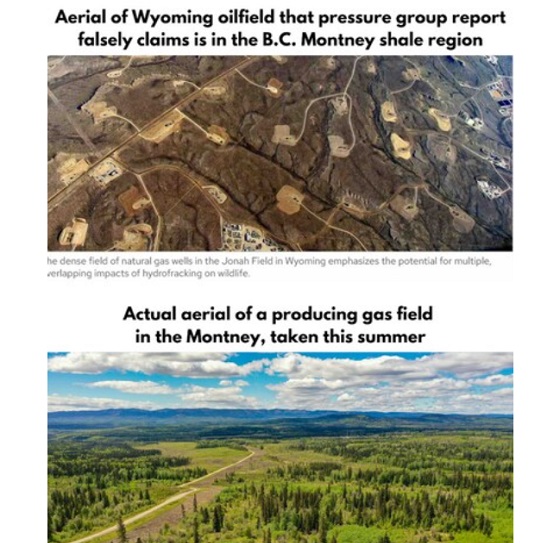
From Energy Now and The Canadian Newswire
A group of eight residents of Northeast British Columbia have filed a formal application for inquiry with Canada’s Competition Bureau, calling for an investigation into the David Suzuki Foundation’s (the Foundation) use of false and misleading imagery in its anti-energy campaigns.
The complaint alleges that the Foundation has repeatedly used a two-decade-old aerial photograph of Wyoming gas wells to falsely depict modern natural gas development in B.C.’s Montney Formation. This area produces roughly half of Canada’s natural gas.
Key Facts:
- The misleading image has been used on the Foundation’s website, social media pages, reports and donation appeals.
- The Foundation has acknowledged the image’s true source (Wyoming) in some contexts but has continued to use it to represent B.C. development.
- The residents claim this materially misleads donors and the public, violating Section 74.01(1) of the Competition Act.
- The complaint is filed under Sections 9 and 10 of the Act, asking the Bureau to investigate and impose remedies including ceasing the conduct, publishing corrective notices, and returning proceeds.
Quote from Deena Del Giusto, Spokesperson:
“This is about fairness and truth. The people of Northeast B.C. are proud of the work they do to produce energy for Canada and the world. They deserve honest debate, not scare tactics and misleading imagery used to raise millions in donations. We’re asking the Competition Bureau to hold the David Suzuki Foundation to the same standard businesses face: tell the truth.”
Background:
Natural gas development in the Montney Formation supports thousands of jobs and fuels economic activity across the region. Accurate public information is vital to informed debate, especially as many Canadians live far from production sites.
SOURCE Deena Del Giusto
Economy
Trump opens door to Iranian oil exports

This article supplied by Troy Media.
U.S. President Donald Trump’s chaotic foreign policy is unravelling years of pressure on Iran and fuelling a surge of Iranian oil into global markets. His recent pivot to allow China to buy Iranian crude, despite previously trying to crush those exports, marks a sharp shift from strategic pressure to transactional diplomacy.
This unpredictability isn’t just confusing allies—it’s transforming global oil flows. One day, Trump vetoes an Israeli plan to assassinate Iran’s supreme leader, Ayatollah Khamenei. Days later, he calls for Iran’s unconditional surrender. After announcing a ceasefire between Iran, Israel and the United States, Trump praises both sides then lashes out at them the next day.
The biggest shock came when Trump posted on Truth Social that “China can now continue to purchase Oil from Iran. Hopefully, they will be purchasing plenty from the U.S., also.” The statement reversed the “maximum pressure” campaign he reinstated in February, which aimed to drive Iran’s oil exports to zero. The campaign reimposes sanctions on Tehran, threatening penalties on any country or company buying Iranian crude,
with the goal of crippling Iran’s economy and nuclear ambitions.
This wasn’t foreign policy—it was deal-making. Trump is brokering calm in the Middle East not for strategy, but to boost American oil sales to China. And in the process, he’s giving Iran room to move.
The effects of this shift in U.S. policy are already visible in trade data. Chinese imports of Iranian crude hit record levels in June. Ship-tracking firm Vortexa reported more than 1.8 million barrels per day imported between June 1 and 20. Kpler data, covering June 1 to 27, showed a 1.46 million bpd average, nearly 500,000 more than in May.
Much of the supply came from discounted May loadings destined for China’s independent refineries—the so-called “teapots”—stocking up ahead of peak summer demand. After hostilities broke out between Iran and Israel on June 12, Iran ramped up exports even further, increasing daily crude shipments by 44 per cent within a week.
Iran is under heavy U.S. sanctions, and its oil is typically sold at a discount, especially to China, the world’s largest oil importer. These discounted barrels undercut other exporters, including U.S. allies and global producers like Canada, reducing global prices and shifting power dynamics in the energy market.
All of this happened with full knowledge of the U.S. administration. Analysts now expect Iranian crude to continue flowing freely, as long as Trump sees strategic or economic value in it—though that position could reverse without warning.
Complicating matters is progress toward a U.S.-China trade deal. Commerce Secretary Howard Lutnick told reporters that an agreement reached in May has now been finalized. China later confirmed the understanding. Trump’s oil concession may be part of that broader détente, but it comes at the cost of any consistent pressure on Iran.
Meanwhile, despite Trump’s claims of obliterating Iran’s nuclear program, early reports suggest U.S. strikes merely delayed Tehran’s capabilities by a few months. The public posture of strength contrasts with a quieter reality: Iranian oil is once again flooding global markets.
With OPEC+ also boosting output monthly, there is no shortage of crude on the horizon. In fact, oversupply may once again define the market—and Trump’s erratic diplomacy is helping drive it.
For Canadian producers, especially in Alberta, the return of cheap Iranian oil can mean downward pressure on global prices and stiffer competition in key markets. And with global energy supply increasingly shaped by impulsive political decisions, Canada’s energy sector remains vulnerable to forces far beyond its borders.
This is the new reality: unpredictability at the top is shaping the oil market more than any cartel or conflict. And for now, Iran is winning.
Toronto-based Rashid Husain Syed is a highly regarded analyst specializing in energy and politics, particularly in the Middle East. In addition to his contributions to local and international newspapers, Rashid frequently lends his expertise as a speaker at global conferences. Organizations such as the Department of Energy in Washington and the International Energy Agency in Paris have sought his insights on global energy matters.
Troy Media empowers Canadian community news outlets by providing independent, insightful analysis and commentary. Our mission is to support local media in helping Canadians stay informed and engaged by delivering reliable content that strengthens community connections and deepens understanding across the country.
-

 armed forces1 day ago
armed forces1 day agoCanada’s Military Can’t Be Fixed With Cash Alone
-

 Alberta1 day ago
Alberta1 day agoCOVID mandates protester in Canada released on bail after over 2 years in jail
-

 International1 day ago
International1 day agoTrump transportation secretary tells governors to remove ‘rainbow crosswalks’
-

 Business1 day ago
Business1 day agoCanada’s loyalty to globalism is bleeding our economy dry
-
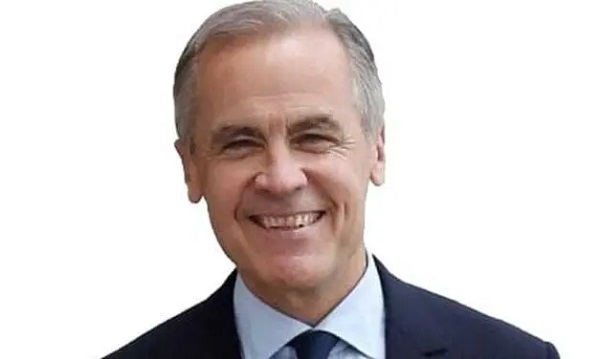
 Business1 day ago
Business1 day agoCarney’s spending makes Trudeau look like a cheapskate
-

 Alberta1 day ago
Alberta1 day agoAlberta Next: Alberta Pension Plan
-

 C2C Journal23 hours ago
C2C Journal23 hours agoCanada Desperately Needs a Baby Bump
-

 Alberta2 days ago
Alberta2 days agoAlberta uncorks new rules for liquor and cannabis







